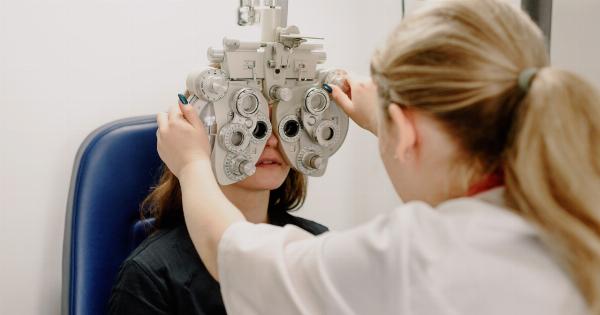A stroke occurs when there is a disruption of blood flow to the brain, either due to a blockage or a ruptured blood vessel. It is a severe medical condition that requires immediate attention and can result in long-term disabilities or even death.
However, many strokes can be prevented or managed with early detection and appropriate treatment. This is why screenings for stroke risk factors become crucial.
1. Blood pressure screenings
High blood pressure, also known as hypertension, is a significant risk factor for strokes. Regular blood pressure screenings can help identify individuals with high blood pressure who may be at risk of having a stroke.
Hypertension is often asymptomatic, which means that it may go undetected unless specifically checked.
2. Cholesterol level screenings
Elevated cholesterol levels, particularly high levels of LDL cholesterol (“bad” cholesterol), can contribute to the formation of plaque in the arteries, increasing the risk of stroke.
By regularly monitoring cholesterol levels and identifying high-risk individuals, healthcare providers can recommend lifestyle changes and medications to manage cholesterol and reduce stroke risk.
3. Blood glucose screenings
High blood sugar levels, especially in individuals with diabetes or prediabetes, can damage the blood vessels over time, leading to an increased risk of strokes.
Routine blood glucose screenings can help diagnose and manage diabetes, which in turn reduces the likelihood of strokes and other complications associated with high blood sugar levels.
4. Carotid artery screenings
The carotid arteries are two large blood vessels located on each side of the neck. These arteries supply blood to the brain. Plaque buildup or narrowing of the carotid arteries can increase the risk of stroke.
Carotid artery screenings, such as ultrasound, can detect any abnormalities or blockages in these crucial blood vessels.
5. EKG/ECG screenings
An electrocardiogram (EKG or ECG) measures the electrical activity of the heart. Irregular heart rhythms, such as atrial fibrillation (AFib), can significantly increase the risk of stroke.
EKG screenings can identify abnormalities in heart rhythm and help healthcare providers determine appropriate interventions to reduce the risk of stroke.
6. Body mass index (BMI) screenings
Excess weight and obesity are associated with numerous health conditions, including an increased risk of stroke. BMI screenings can help assess an individual’s body fat based on weight and height measurements.
Maintaining a healthy BMI reduces the risk of stroke and other health complications.
7. Sleep apnea screenings
Sleep apnea is a sleep disorder characterized by interruptions in breathing during sleep. It has been linked to an increased risk of stroke, among other health problems.
Screening for sleep apnea can be done through a variety of methods, including overnight sleep studies, and can help identify individuals who may benefit from treatment to reduce stroke risk.
8. Aneurysm screenings
An aneurysm is a bulge or weakened area in a blood vessel that can potentially rupture and cause a stroke.
Screening for aneurysms may involve specialized imaging techniques, such as magnetic resonance angiography (MRA) or computed tomography angiography (CTA). Early detection of an aneurysm allows for proper monitoring or intervention to prevent a stroke.
9. Peripheral artery disease (PAD) screenings
Peripheral artery disease refers to the narrowing or blockage of the blood vessels outside of the heart and brain. It can increase the risk of stroke by reducing blood flow to these vital organs.
Screening for peripheral artery disease typically involves measuring the ankle brachial index (ABI), a noninvasive test that compares blood pressure in the ankle with blood pressure in the arm.
10. Lifestyle and risk factor assessments
In addition to specific screenings, healthcare providers may conduct comprehensive assessments to evaluate an individual’s overall lifestyle and risk factors for stroke.
These assessments may include questions about smoking, alcohol consumption, physical activity levels, family history of stroke, and other relevant factors. By identifying modifiable risk factors, healthcare providers can offer guidance and interventions to reduce the risk of stroke.





























